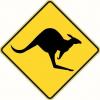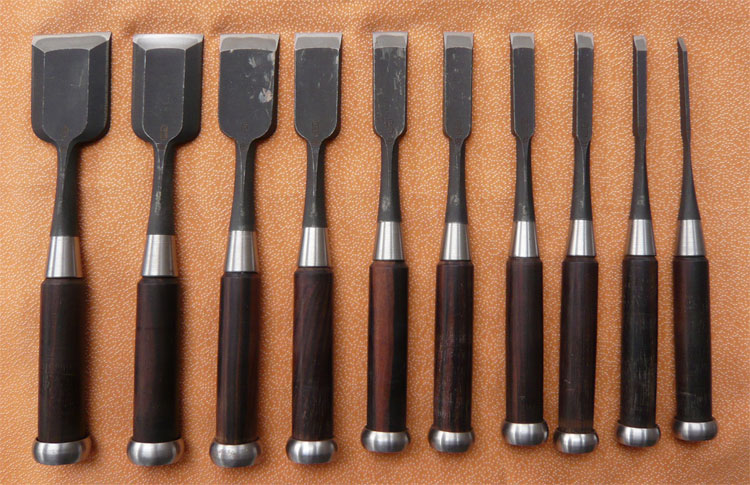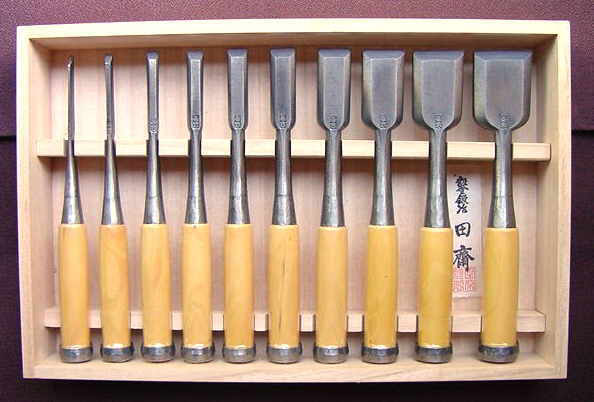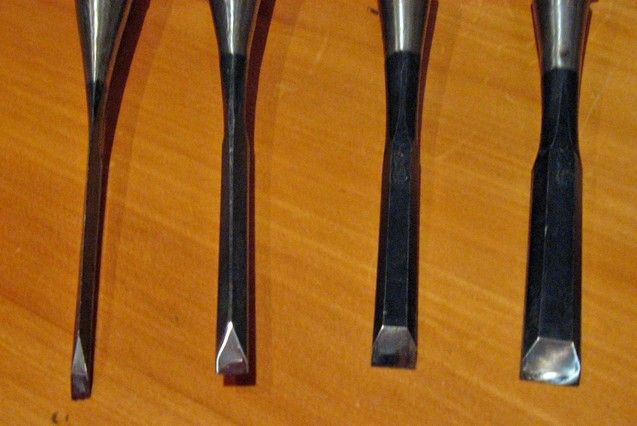Hello all,
I'm about to make the transition from Lie-Nielsen bevel edge chisels to Koyamaichi Oire-nomi chisels from Stu at tools from Japan. They come in three profiles: standard oire-nomi with beveled corners, isosoles Trapezoid(US)/Trapezium(UK) profile, and Shinogi/dovetail profile. I will use them for dovetails but they will also be my only everyday chisels. I like the Lie-Nelsen profile for dovetails but I would often slice my fingers on the sharp corners while chopping dovetail waste. Please help me decide.
Thanks,
Darren Brown





 Reply With Quote
Reply With Quote












